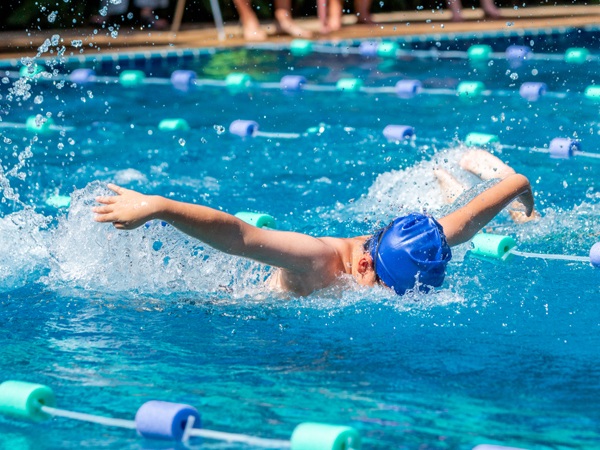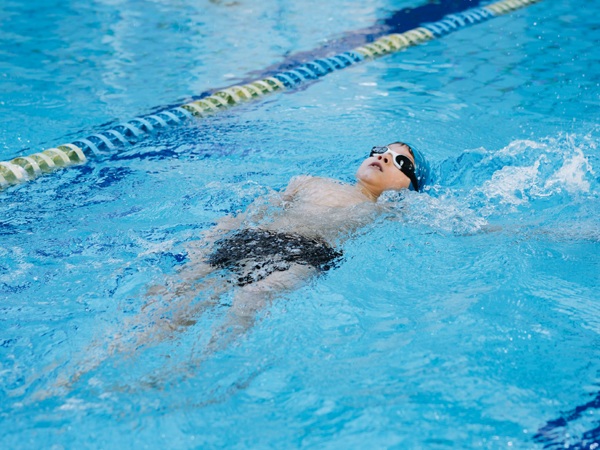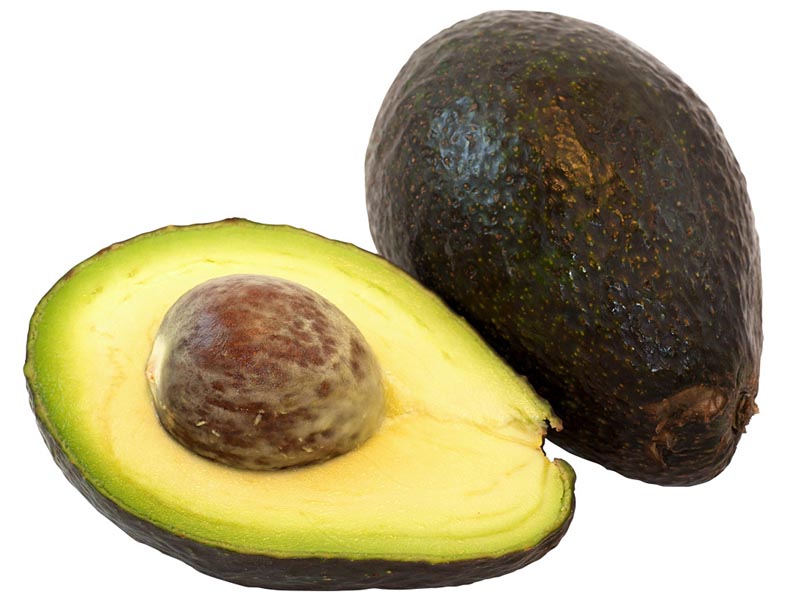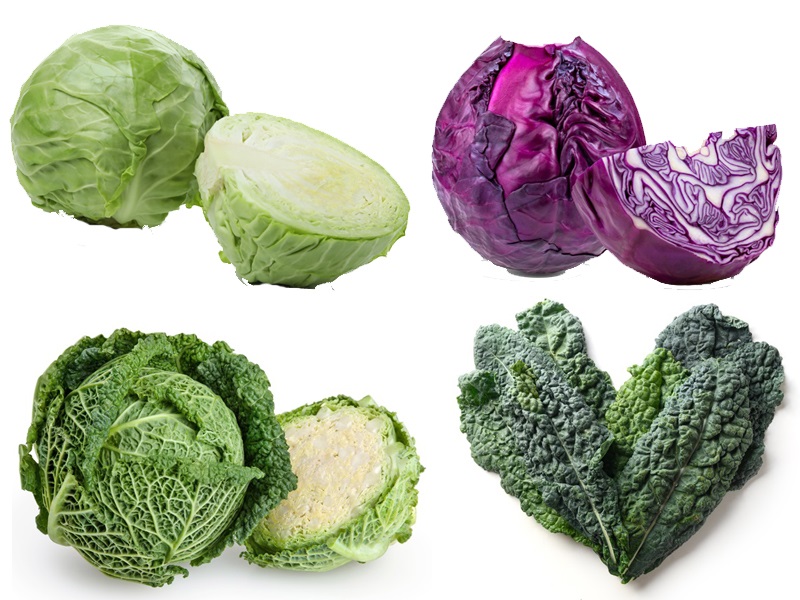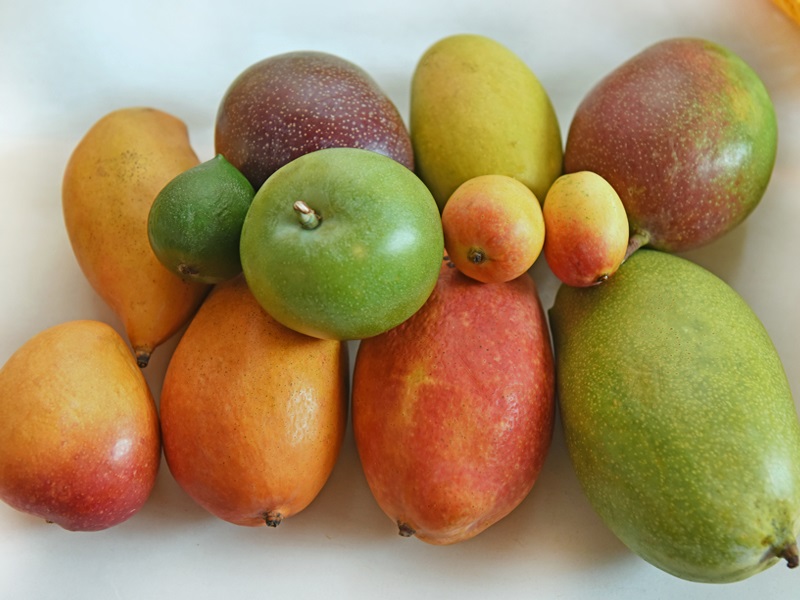Do you want to learn how to swim? Learning how to swim can be advantageous along if you’re going to participate in a competition, recreational activity, or as a life-saving hack. Several swimming styles involve various strokes that offer many benefits. Some of the popular types of strokes are Freestyle, Breaststroke, Backstroke, Butterfly, Sidestroke. Check out this article to explore swimming styles and pick one.
What is Swimming:
Swimming is an individual and group activity that helps you move forward in the water. It is usually done in pools or open water. Swimming can be a recreational activity, and many of us do it for fun. It is also a sport, and there are many athletes from many countries who compete in local, national, and international competitions.
What are the necessary skills required for swimming:
Some necessary skills are a must for swimming.they are:
- Water comfort: Becoming comfortable in the water is a fundamental skill required for swimming.
- Breath control: If you are a novice swimmer, breathing is difficult initially.
- Floating: To keep yourself up horizontally in the water, is an elementary water skill.
- Strokes.
- Kicking.
Different Types of Swimming Styles:
There are several swimming styles and strokes that offer many advantages in various situations. Here is a list:
1. Freestyle/Front Crawl:
It is the most common stroke to do swimming. Out of all the types of strokes, this feels most natural, and you can do it in the swimming pool or any water body. You need to swim straight on your torso by kicking your legs. But it is necessary to control your breathing as your head remains submerged during some strokes.
How to Execute:
- To reduce resistance, keep your body relaxed and try to put your back, neck, and head in a straight line.
- Put your right hand forward as far as you can, and your left hand should be in motion simultaneously.
- Your body swivels with each stroke that helps you push forward.
- Your head will tilt naturally. Breathing is vital, so find a comfortable pattern and breathe accordingly.
Benefits:
- It is the fastest and effective swimming stroke.
- It allows swimmers to cover long distances with very little energy.
- Freestyle swimming also helps build muscles and endurance.
- It gives your body a full workout.
- You can burn hundreds of calories with this stroke for half an hour.
Disadvantages:
- It is not a smooth stroke to master.
- Coordination between breathing and strokes is necessary and difficult for beginners.
See More: Top Swimming Exercises
2. Backstroke:
Unlike the other stokes in swimming, backstroke doesn’t let your face get into the water as you need to swim with your back in the water. It is just a mirror image of freestyle where you are on your back, making the strokes.
How to Execute:
- One hand moves upward from water, and the other arm moves forward from underwater. Your arms make a windmill like motion.
- Keep alternating this process, and as your hands come up from the water, try keeping your arms near your ears.
- To minimize resistance, keep your hands straight and do not let your hips fall into the water.
- Maintain momentum, and you can regulate the speed depending on how fast you want to go.
Benefits:
- During backstroke, you need to concentrate only on your hand and leg movements as your face will be out of water facing upward.
- You can burn approximately 250 calories in 30 minutes.
- It helps strengthen your core muscles and increases hip flexibility.
- It improves your posture.
Disadvantages:
- Since you are on your back during this stroke, many feel uncomfortable not knowing what is going on.
- You can count the number of stokes necessary to complete a lap.
3. Breaststroke:
For a beginner, breaststroke might be a more comfortable option and a much slower option than freestyle. It only differs in the way you propel your body to move forward.
How to Execute:
- Move both your hands at the same time toward your chest, making a semi-circular motion underwater. This makes your arms bent at elbows move apart and then get together.
- With your hands underwater during the whole process, your legs push your body forward, similar to a frog kick.
- Remember to keep your legs behind and maintain a distance similar to hips.
- Now bending your knees kick your legs apart and bring them back together, forming a straight line.
- To achieve optimum rhythm, let your arms rest while you kick and let your legs rest during hand movement.
Benefits:
- It is considered to be the most comfortable stroke so that you can concentrate on the movements without much worry.
- With half an hour of breaststroke, you can burn around 200 calories.
- It helps tone your chest muscles and hamstrings and considered a good cardio workout.
Disadvantages:
- Breaststroke might be a bit slow for people who prefer faster ways of swimming.
4. Butterfly:
The name comes from how a person’s arms move when performing this stroke.
How to execute:
- Place your arms in front with your thumbs down facing the water.
- Bend your elbows and sweep your arms down, forming a Y-shape.
- Move your arms in such a way that they are parallel to your body, pulling them out of the water and repeat the cycle.
- Keep your legs zipped up, forming a smooth line, and move your legs up and down together, moving forward in the water.
- While you kick forward, the heels touch the surface of the water, and as your arms reenter water kick down with your legs.
- Remember to breathe at regular intervals whenever your head comes up of the water.
Benefits:
- It works as an excellent way to combine a workout for your core and upper body muscles.
- This stroke burns the most calories. For every half an hour, you can burn approximately 450 calories.
- It also improves all over body flexibility.
Disadvantages:
- The moves that constitute a butterfly stroke are complicated and challenging to master.
- It can be very tiring.
5. Sidestroke:
This is a type of stroke not regularly used in swimming competitions hence not so popular as the others. Lifeguards mostly use it as sidestroke allows you to carry another person with you. As the name suggests, you swim on your side, pushing yourself forward.
How to Execute:
- Position yourself on the side of the water, stretch your arm under the body, and rest your arm on the hand positioned horizontally to your body.
- When you perform this stroke, the arms present above and the arms present below your bodywork in synchronization.
- Your both arm moves through the water, bending at the elbow coming towards one another and then backwards and to the starting point.
- Most of the forward momentum is obtained from the movement of your legs.
- Your legs move forward and backwards in an alternating way.
- During the performance of this stroke, your head mostly stays above the water level leading you not to worry about the breathing technique.
Benefits:
- Though not a popular stroke in competitions, it works as a life-saving hack.
- You can burn 200 calories while performing sidestroke for 30 minutes.
- It helps you tone your arm and leg muscles along with the core.
Disadvantages:
- Since your face is turned sideways, you don’t have an idea about what is going on around.
- It is very slow compared to other swimming techniques.
See More: Fashionable Beach Dresses
6. Elementary Backstroke:
It is a typical backstroke technique with slight variations. It is given a name elementary as the steps required to perform this stroke is easy to learn. And it the first thing that is taught to novice swimmers.
How to Execute:
- You can perform this stroke by using a breaststroke but in reverse.
- Keep moving your arms in sync underneath the water.
- Children are often taught this technique with fun names like put your hands to your armpits like a monkey, spread your arms like a plane and push them on your sides like a soldier.
Benefits:
- It is a technique good for leisure and survival.
- Many swimmers use this method to relieve themselves from strenuous activity.
- Breathing is also effortless as your face stays above water.
Disadvantages:
- It is much slower than regular backstroke.
- You must have attained a level of expertise to balance on your back to learn this stroke.
7. Combat Side Stroke:
This is another form of sidestroke that is energy-saving and efficient. It is a perfect combination of freestyle, breaststroke, and sidestroke. You will have to target your balance, rotation, and length. It is designed for the prospective trainees of navy SEAL trainees in the USA.
How to Execute:
- Push yourself forward with force.
- Keep your arms extended and pull on water.
- Use your arm on top in a freestyle technique and your bottom arm, making a stroke on the side.
- Turn your head to breathe by pulling your arms into the water.
- The best way to describe these gestures is to pull, breathe, kick, and glide.
Benefits:
- It allows you to be more efficient when you swim.
Disadvantages:
- Since it is a technique designed specifically for Navy SEAL, it might be challenging to master.
8. Trudgen Swimming Style:
Also called racers stroke, it is named after the English swimmer John Trudgen. It is derived from a sidestroke. You stay mostly on your side while performing this stroke.
How to Execute:
- Lift your arms alternatively over your head and out of water.
- Lift your left arm over your head while spreading your legs, preparing to kick.
- Your arms come down as you straighten your legs and pop them together.
- It is unique as your head remains above water for the whole time.
Benefits:
- It is the best technique for long-distance swimming.
- It is a least tiring stroke.
Disadvantages:
- It might look easy, but it is challenging to master.
Equipment, Accessories Apparels used for Swimming:
- Swimmers who want to participate in competitions use equipment that improves their technique and endurance.
- Even if you are a novice or a swimmer with interest in recreational activity by protecting yourself with accessories and equipment is necessary.
- Some of these items are goggles, hair protector, swimsuits made with comfortable cloth, towels to dry off your wet body and hair.
See More: Hottest Bikini Swimsuit Models
Swimming is one of the best ways to maintain a healthy lifestyle, along with other benefits. This article gives you a clear and detailed picture of the different swimming styles along with the advantages they offer. But remember to start slow and with assistance, as it can be dangerous to try advanced techniques for a novice swimmer.
Frequently Asked Questions and Answers:
Q1. What are the different swimming styles included in the Olympics?
Ans: Olympics includes 16 events for women and men that involve four different strokes with several lap distances. These strokes include Freestyle, Backstroke, Breaststroke, and butterfly.
Q2. How fast can you learn to swim?
Ans: Learning how to swim is relatively easy. The only obstacle to achieve this feat successfully is to control your breathing and your self-confidence. Beginners usually forget when to breathe, causing them to go into a state of panic. So take one step at a time to master swimming.
Q3. Are googles necessary when you swim?
Ans: It is always safe to wear eye protection while you learn how to swim. It helps you see accurately and doesn’t let pool chemicals entering your eyes. Swimming is made more comfortable once you can see clearly, and you can start having fun!
Disclaimer:
Swimming, like any other outdoor activity, you need to respect your limitations. We provide you with information regarding various techniques to perform this activity. But you need to properly train yourself with the help of a trainer to achieve the level of expertise to do them without help.






